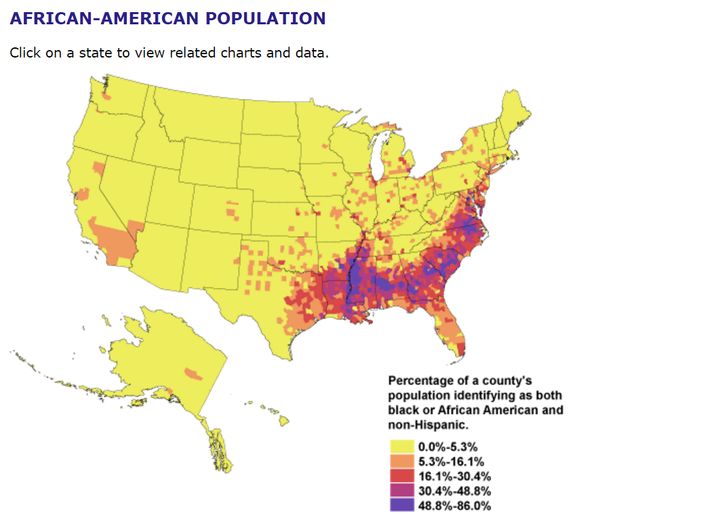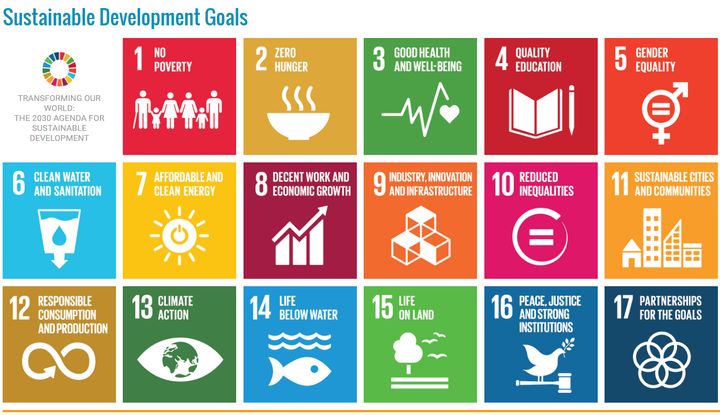
GETTYSBURG, PA In his “first 100 days” speech, republican presidential nominee Donald Trump promised to cancel payments for the United Nations climate change agenda and use those funds to rebuild infrastructure in the United States. The implication was that US President Barack Obama is a globalist who is not committed to domestic development, despite Obama’s September 2015 speech to the UN in which he said that even after the end of his final term in office that he would continue, “fighting for the education and housing and health care and jobs that reduce inequality and create opportunity here in the United States and around the world”.
Even so, it would appear that the only place in the United States that the ‘2030 Agenda for Sustainable Development, a set of seventeen aspirational “Global Goals” also known as the Sustainable Development Goals’ (SDG’s) are discussed on a regular basis is in New York’s United Nations Headquarters. Aside from initiatives of higher education and some members of civil society much of the discussion on how the SDG’s will be addressed in the United States is occuring in silos, conversations that do not often intersect. In 2015, President Obama committed $100 bilion “to promote development and save lives” and though he called for greater participation, “More governments, more institutions, more businesses, more philanthropies, more NGOs, more faith communities, more citizens” to join in on the effort, today there is no specific place physical or online where one can easily go to learn what’s happening with the Sustainable Development Goals in the United States.
Many countries around the world are much more pronounced in their stated commitments to realize the aspirations of the Sustainable Development Goals than is the United States. The delivery infrastructure to address the sustainable development goals in the United States is weak. The existing delivery system is already in place through municipal, county and state-based programs, quasi-governmental agencies, the private and non-profit sectors to meet the standard goals of the US economic agenda. Some of their activity certainly meets the standards of the SDG’s, but there is no tracking system in place to list and categorize those activities. For underserved areas and SDG’s for which initiative has not yet been developed, US based UN NGO the United States Sustainable Development Corp has proposed the establishment of a separate platform that is specifically designed to address the goals of the 2030 agenda.
There are already examples within the United Nations construct for members states to combine their collective voice to gain greater visibility in the international community. Recently, African nations came together to sponsor the 2016 “Africa Week”. Each year, during “Africa Week” dozens of events are held to focus on issues and initiatives on the African continent with scores of people convening from the 54 member states. In addition to the implementation of the 2030 Agenda, “Africa Week” is about the need for the international community “to support African countries, working with all relevant national and regional stakeholders, including the African Peer Review Mechanism, to improve good governance, and the conduct of elections and to ensure that civil society has the freedom to play its vital role,” said UN Secretary General Ban Ki-Moon.
Member states and civil society also have an established precedent of coming together around shared agendas like the 2030 Sustainable Development Goals. In early October, an impressive gathering of financiers, builders and other leaders in sustainable development around the world convened at UN Headquarters. The high-level finance gathering opened with a another address from the Secretary-General Ban Ki-Moon in which he announced the launch of a Financial Innovation Platform to “engage key Development actors, including Governments, civil society, philanthropic organizations, entrepreneurs, institutional investors, banks, project developers and development finance institutions” to “support the identification and piloting of innovative finance instruments that can drive investment and support well thought-out SDG interventions. This platform provides one such example of a delivery system that could be adopted in the United States to finance sustainable development activity in areas that are experiencing persistent poverty.
Over the past several decades, members of the public, private, philanthropic and academic communities have looked for ways to develop a delivery system to provide relief to some of the more economically depressed areas of the United States. There have been some successes around the country such as in Appalachia, but there are still some areas that continue to be plagued by persistent poverty. One such area is that which is known as the ‘black belt’ area, home to most of the most sizable population of America’s largest minority group, Indigenous and African descendants of colonialism and enslavement in the United States. The area covers 300 - 600 contiguous counties across the southeast region of the country that was first coined for the dark rich soils, but at the turn of the 20th century was recognized the high population of recently freed Indigenous and African descendants of colonialism and enslavement.Today, that region is also home to some of the most deeply entrenched systemic poverty in the nation. (See Annual Social and Economic (ASEC) Supplement to the Current Population Survey (CPS)) Researchers and practioners alike have cited the boundary of this southern region as one that if lifted up off of the map of the United States, it would look statistically, economically and culturally like many other developing nations in the global south. The United States Sustainable Development Corp is currently building a platform on its website to begin to track current initiatives, while it continues to advocate for a SDG specific delivery system in the United States.

(VIDEO) NGO, United States Sustainable Development Corp President/CEO, Ava Gabrielle addresses the ECOSOC Panel Discussion (The Way Forward), Integration Segment in May 2014. She can be found at the 47:50 point where she introduces the Black Belt area of the United States to the global discourse.
